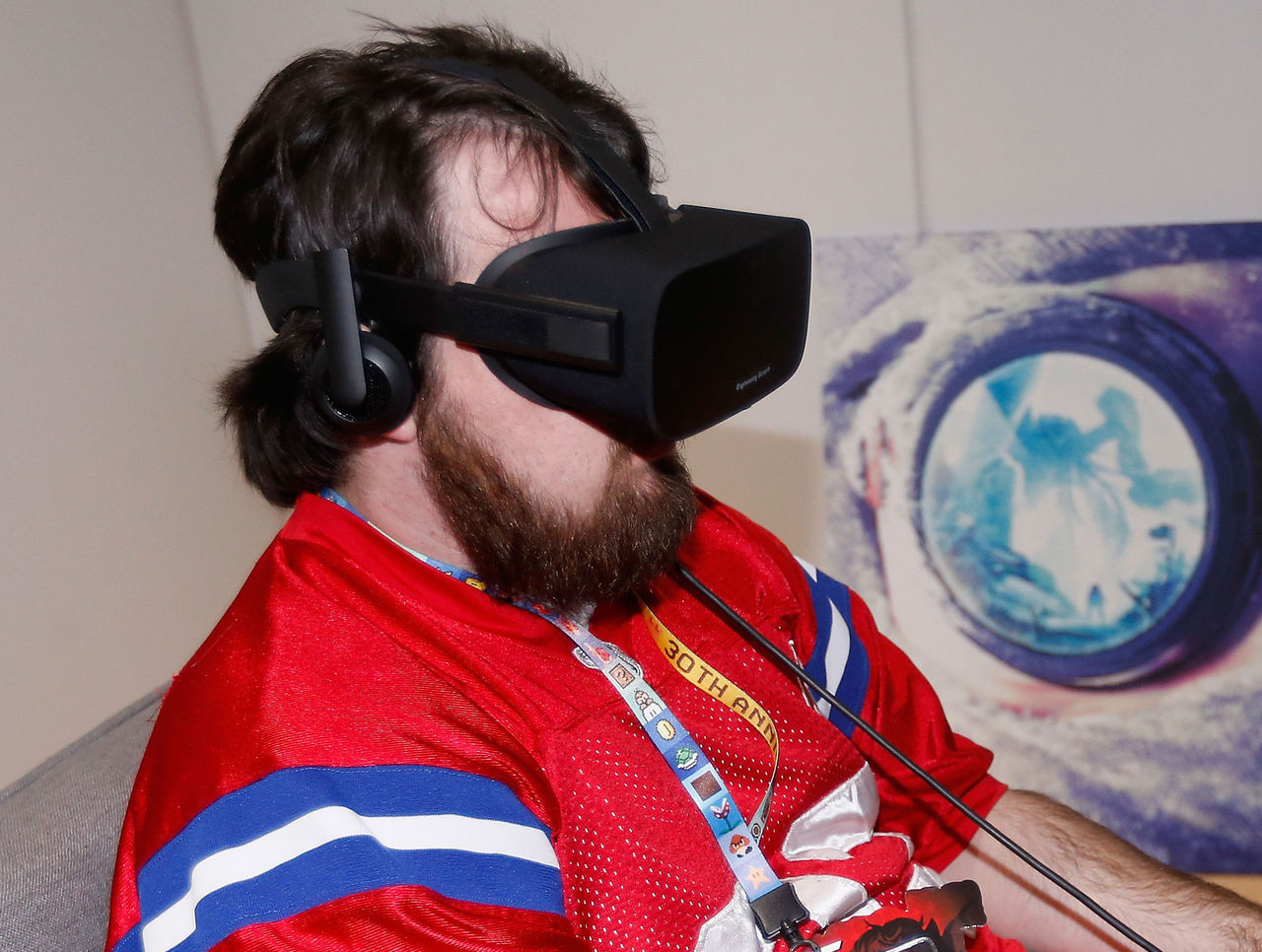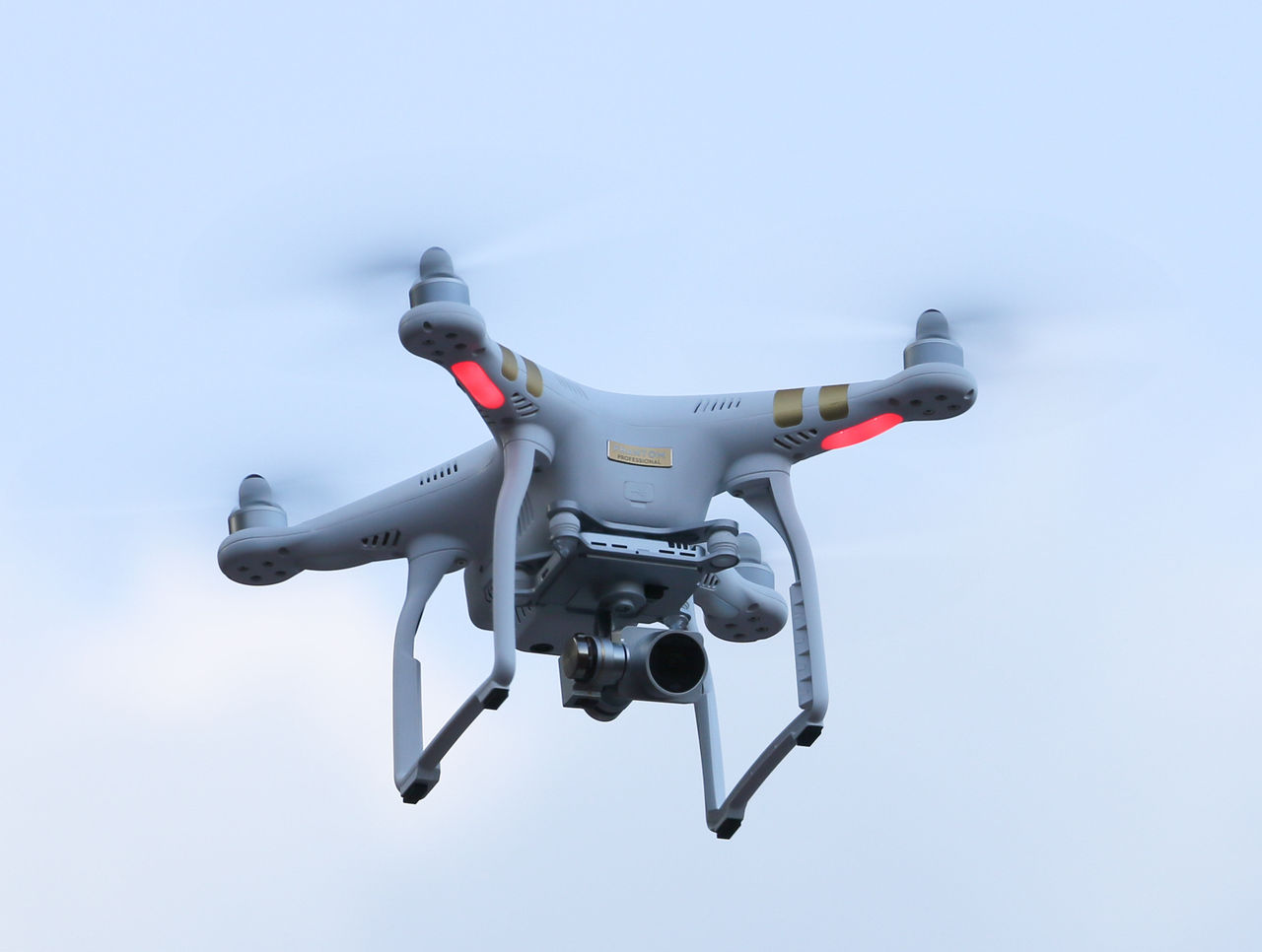Football's Future: Imagining the NFL in 10 years
Football's Future imagines the strategic, technological, and cultural innovations that will shape how football is played and watched in the coming decades.
The year is 2025. The NFL is finally ready to take a giant leap where no North American sports league has gone before: across the pond.
The new London Towers and a revived Rhein Fire, formerly of the defunct NFL Europa league, are set to begin play as the NFL's 33rd and 34th franchises. Though the addition of one team per conference is not without significant logistical challenges, the response to the NFL's International Series (including the first-ever Super Bowl played overseas in 2023) has clearly demonstrated international expansion is ripe with potential.
New frontiers
An expansion draft is held to stock the two new franchises with players, and salary cap rules are altered to give the teams more cash to lure free agents overseas.
The schedule is drawn up in such a way as to minimize trans-Atlantic trips (which remain physically draining despite improvements in air travel) to four-game blocks for European franchises. The new teams will play four games at home, four on the road (during which they maintain a "home base" on the U.S. East Coast), then repeat the process.

The schedule is altered for domestic franchises, too, with a second bye week added to ensure all teams get a week off to recover after traveling to Europe for away games.
Technology transforms practice ...
Virtual reality and drones have become ubiquitous in society and the NFL is rapidly learning how to apply each innovation for maximum effect.
The term "mental reps" is given new meaning by the use of VR headsets at practice. Rather than regularly taking to the field in full pads and risking injury, NFL teams limit live practice time and instead ask their players to simulate game scenarios in the virtual world.

When players do get onto the field for live reps, drones capture video of each player's movement from all sides. This footage is analyzed by computers and combined with biometric feedback from each player's equipment to provide real-time feedback to coaches.
This feedback helps fine-tune every movement a player makes. When a receiver is too slow getting out of his break and ruins the timing of a route, the cameras pick it up instantaneously and notifies coaches the player isn't pushing off with enough force from his right leg. Every athletic action is analyzed in fine detail.
... and game day
Drones have dramatically altered the way games are televised and officiated, too. As they buzz around the stadium capturing the best camera angles, drones track the position of the ball in a manner similar to the goal-line technology introduced by FIFA for the 2014 World Cup. Never again is there is dispute about whether a 4th-and-short attempt was converted or if a would-be touchdown crossed the plane. The chain gang is rendered obsolete.

Drones are also responsible for one of the most celebrated in-stadium innovations of all-time: The death of the beer line. Fans attending games simply order food and drinks on their smartphones and drones deliver the snacks to their seats within seconds.
First player death prompts safety overhaul
It was inevitable.
After decades without a death on the field, the NFL is forced to confront its nightmare scenario: The death of a player due to traumatic injury. In reaction to the tragedy and the public outcry that follows, the league pushes through a number of revolutionary rule changes aimed at improving player safety once and for all.

All players are required to wear helmets with impact-sensing accelerometers embedded in the crown. Upon a blow to the head, these computer chips send a signal to a game official on the sideline requiring the player to exit the game for independent medical evaluation.
Every hit to the head and neck is automatically penalized, with major infractions resulting in 15 yards and the ejection of the offender from the game. Minor/incidental infractions are subject to a 5-yard penalty. In order not to slow the game down, replays of all plays are promptly reviewed by a crew at NFL headquarters and penalties are communicated via radio to game officials on the field.
Defenders learn to adjust. Form tackling becomes en vogue and head-hunting safeties and linebackers are eventually weeded out of the sport.
Upon entering the league, all players are subject to an extensive education program about head injuries and must sign a laundry list of legal waivers before setting foot on the field. The flow of college players willing to risk their long-term health for a shot at glory and riches doesn't abate.
HEADLINES
- Sunday Rundown: Key takeaways from Week 17's biggest games
- NFL Playoff Picture: Postseason seeds, projected draft order
- Purdy's 5 TDs help 49ers top Bears in SNF thriller to stay in mix for 1-seed
- Week 18 schedule: Steelers-Ravens on SNF for AFC North crown
- Eagles hold off Bills as Patriots clinch AFC East